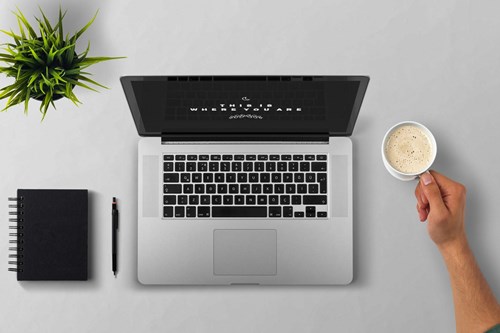Jim Coulson on flooring grade particleboard (chipboard)
IN this series of articles, I spent quite a bit of time talking about plywood. This is for good reason, since it is used a lot for overlaying old floors; and it is quite a complicated material which can often go wrong, if not bought and used with care.
But I ought to say a few words about that humble product, particleboard which is more usually known by its common name of chipboard, of course.
Technically speaking, particleboards can be made from things other than wood, for example, flax stem residues from linen production. And flaxboard is used extensively as the core material for fire-resisting doors. But the flooring material used by the building trade in the UK and Europe is all wood-based, so we can happily call it ‘chipboard’, to avoid any complications.
The European Standard for particleboards, EN 312: includes all the possible ‘grades’ that are made for various industries and uses; not just construction. In the ‘olden days’ (pre-European Standards, that is) chipboard was known by ‘C’ grades – for chipboard, of course! So it’s no real surprise that all the particleboards are now known as ‘P’ grades: ranging from P1 to P7.
P1 is the most ‘basic’: a general purpose board for no specific end use; whereas P2 and P3 are for furniture and interior fitments. What we commonly call ‘flooring grade chipboard’ is actually a range of types: P4, P5, P6 & P7, all described as ‘load-bearing’. Where P4 and P6 are for use in dry situations and P5 and P7 are for use in places where moisture, dampness or spillages might be an issue: especially bathrooms and kitchens, of course.
The usual grade of chipboard for normal domestic situations is P5, almost universally known in the trade as ‘moisture resistant flooring grade’; although for heavier loads and non-domestic floors, the ‘heavy duty grade’ P7 should be specified instead.
Moisture resistant boards are generally indicated by a green colouration; either throughout the board, or as a band or layer within the board’s construction. But this is purely a green dye, to make those boards easy to identify as being the ‘moisture resistant’ type.
Oh – a final word of warning: ‘Moisture resistant’ is just that. These boards are not ‘waterproof’ and will not withstand serious wetting (such as a major plumbing leak or a flood) without needing to be replaced.
Moisture from building works (such as fresh plaster), occasional spillages and higher humidity levels are fine, and can be accommodated, without any serious difficulties arising in their future use. Just make sure that all-important ‘P’ number is on the chipboard’s packaging before you use it!
Jim Coulson, Director: TFT Woodexperts, based in Ripon, North Yorkshire


